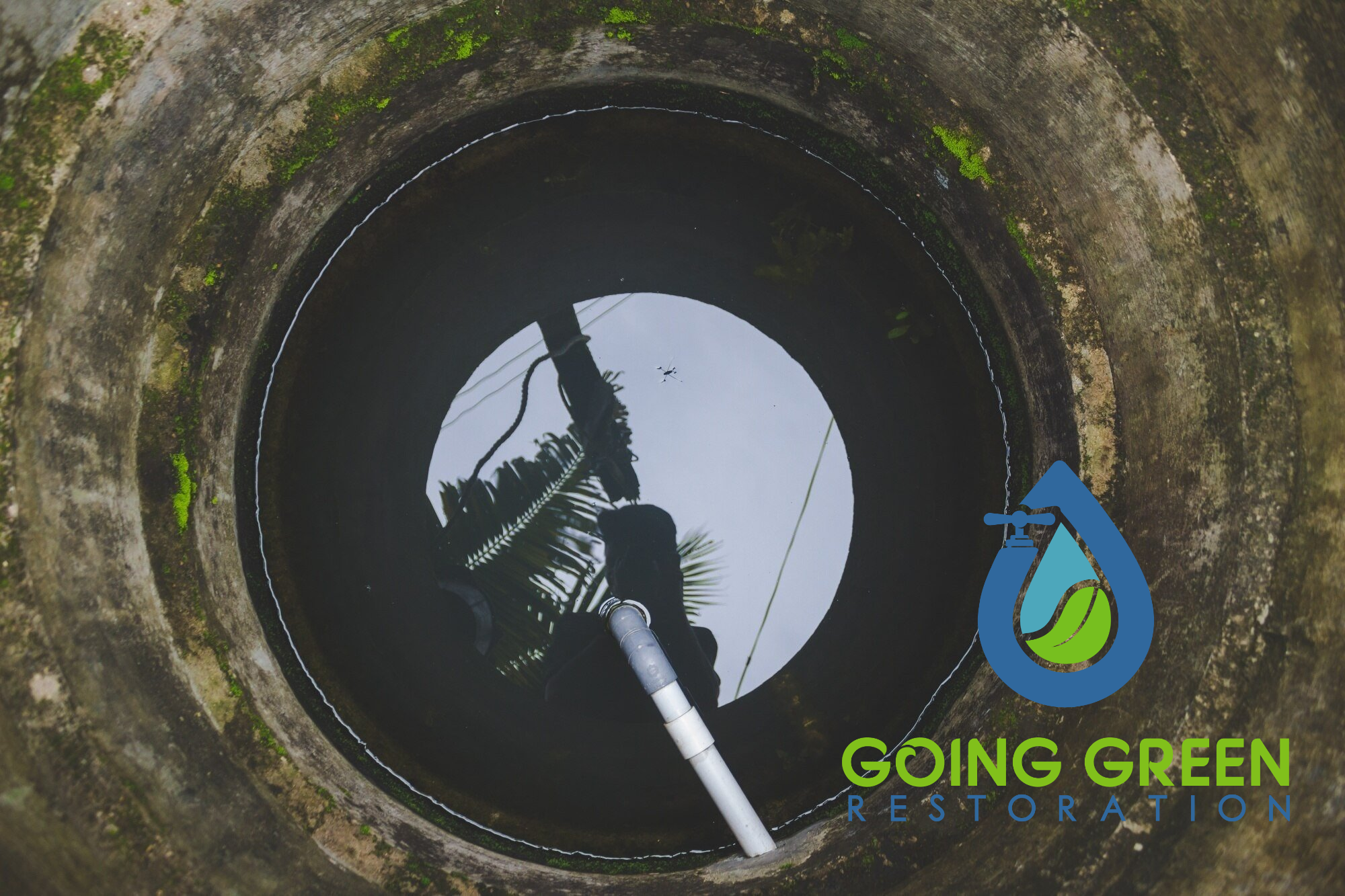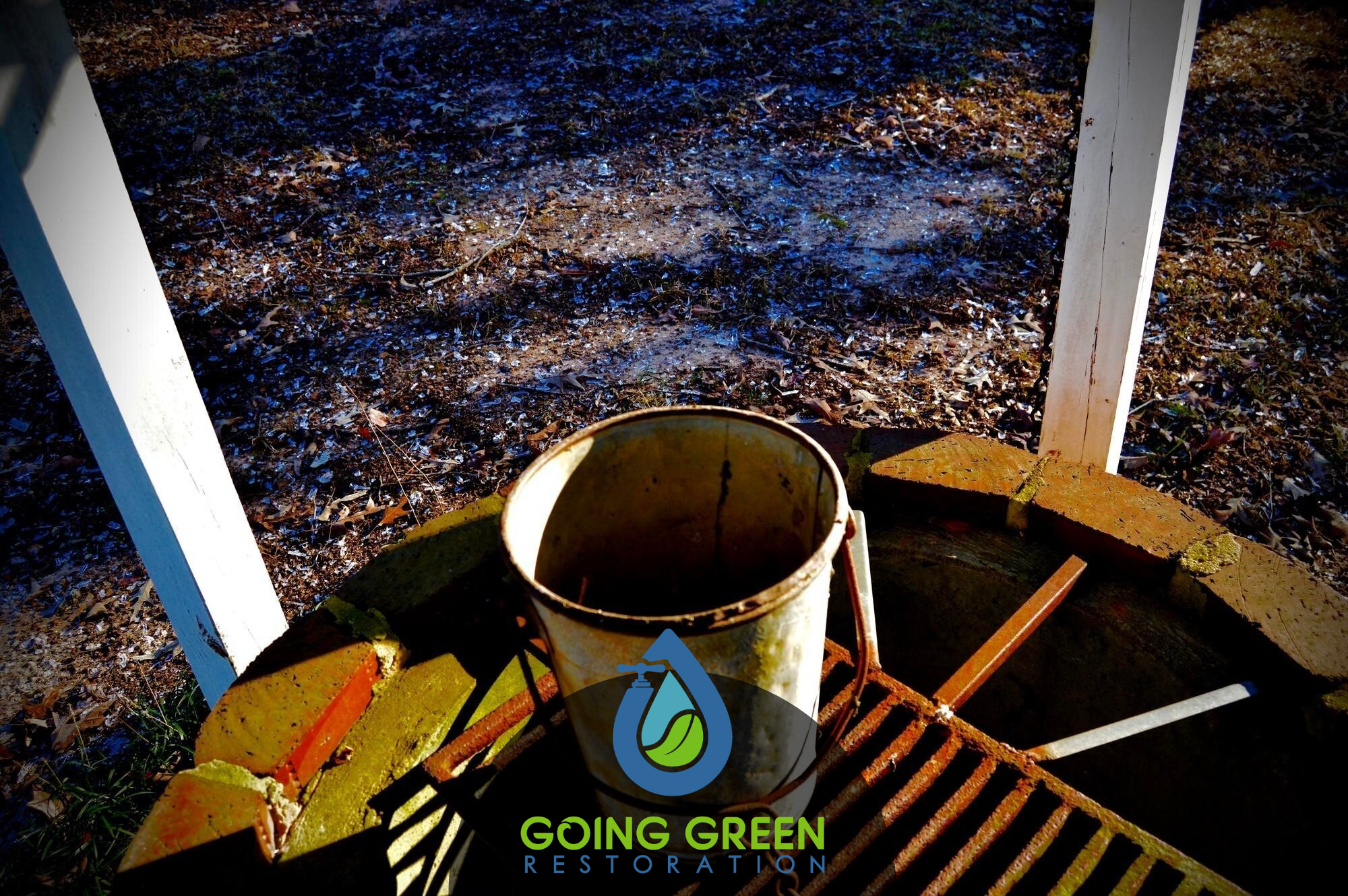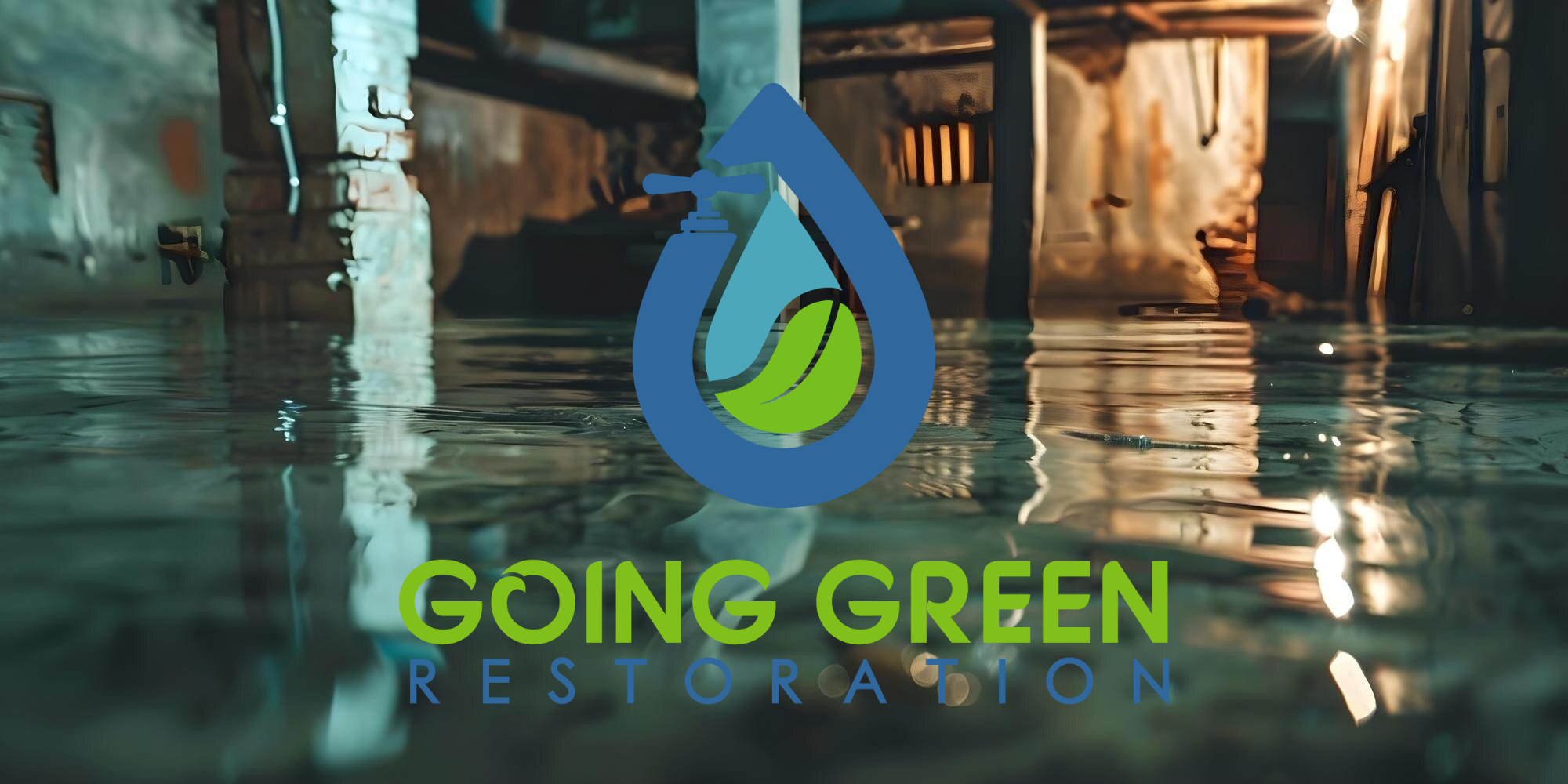Sump Pump Failures: How to Prevent Basement Flooding in Orlando
For homeowners and businesses in Orlando, the risk of basement flooding is a serious concern—especially during Florida’s intense storms and hurricane season. A sump pump is often the first line of defense against water damage, but when it fails, the results can be catastrophic. Flooding can lead to expensive property damage, mold growth, and even structural issues.
Understanding why sump pumps fail and taking preventive steps can save property owners thousands of dollars in Orlando Water Damage Restoration. This guide will walk you through common causes of sump pump failures, the best prevention techniques, and what to do if your basement floods.

Why Do Sump Pumps Fail?
Sump pumps are mechanical systems, and like any device, they are prone to failure. Several factors can contribute to a sump pump malfunction, including:
1. Power Failures
Orlando’s frequent storms and hurricanes often lead to power outages. Since most sump pumps rely on electricity, a power failure during heavy rain can result in an immediate flooding issue.
2. Overwhelmed Sump Pump
If your sump pump is not powerful enough to handle a significant amount of water, it can quickly become overwhelmed. This is common during heavy storms or when groundwater levels rise suddenly.
3. Clogged Discharge Pipes
A clogged or frozen discharge pipe prevents water from properly exiting your home. If the pipe is blocked, the water will back up into your basement, leading to flooding.
4. Lack of Regular Maintenance
Like any home system, a sump pump requires regular maintenance to function correctly. Dirt, debris, and worn-out components can cause it to fail when you need it most.
5. Stuck or Malfunctioning Float Switch
The float switch triggers the sump pump to turn on when water reaches a certain level. If the switch gets stuck or stops working, the pump won’t activate, leading to potential water damage.
6. Improper Installation
A sump pump that wasn’t installed correctly may not function efficiently. Incorrect positioning, lack of proper drainage, or using the wrong type of pump for your needs can all contribute to failure.
7. Age and Wear
Most sump pumps have a lifespan of 7-10 years. If yours is older, it may be time to replace it before it fails unexpectedly.
How to Prevent Sump Pump Failures and Basement Flooding
To avoid costly water damage and Orlando Flood Damage Repair, homeowners should take proactive measures to keep their sump pumps in top condition. Here are the best ways to prevent sump pump failures.
1. Install a Battery Backup System
Since power outages are a common cause of sump pump failures, installing a battery backup ensures that your pump will continue to work even when the electricity goes out. Some advanced backup systems can even use water pressure to operate.
2. Regular Maintenance and Inspections
Routine maintenance is key to ensuring your sump pump is working when you need it most. At least twice a year, check the pump for debris, clean the intake screen, and test the float switch. Consider hiring a professional from an Orlando Restoration Company to perform a thorough inspection.
3. Keep the Discharge Line Clear
Regularly check your sump pump’s discharge line to ensure it’s free of blockages. Installing a grated covering on the pipe’s exit can help prevent debris from clogging it.
4. Upgrade to a Higher-Capacity Pump if Necessary
If your current sump pump struggles to keep up during heavy rains, upgrading to a more powerful model can provide better protection. Professional technicians specializing in Orlando Water Clean Up & Restoration can assess your needs and recommend the right pump for your home.
5. Install a Secondary Pump
A second sump pump can act as a backup in case the primary one fails. This is especially useful for homes prone to flooding.
6. Monitor Water Table Levels
Orlando has a high water table, meaning groundwater levels can fluctuate rapidly. Using a water alarm or moisture sensor can help you detect rising water levels before a problem occurs.
What to Do If Your Basement Floods
Despite taking precautions, sump pump failures can still happen. If you find yourself dealing with a flooded basement, follow these steps to minimize damage:
1. Prioritize Safety
If there’s standing water in your basement, turn off the electricity before entering the area to avoid the risk of electrocution. If necessary, call a professional for assistance.
2. Contact an Emergency Restoration Team
A trusted 24/7 Emergency Restoration Orlando service can respond immediately to extract water, prevent further damage, and start the drying process.
3. Remove Water and Dry the Area
Using a wet/dry vacuum or sump pump (if operational), remove as much water as possible. Open windows, run fans, and use dehumidifiers to accelerate drying.
4. Prevent Mold Growth
Mold can begin to grow within 24-48 hours after water damage. Hiring professionals specializing in Mold Removal Orlando can ensure your basement is properly treated and restored.
5. Inspect for Structural Damage
Water damage can weaken your home’s foundation and walls. A professional inspection can help detect any long-term issues that need repair.
Helpful Resources and Additional Information
For further guidance on sump pump maintenance and emergency water damage response, check out these authoritative resources:
- FEMA – Flood Safety and Prevention: https://www.fema.gov/floods
- U.S. Environmental Protection Agency – Mold and Moisture Control: https://www.epa.gov/mold
- National Weather Service – Orlando Flood Alerts and Preparedness: https://www.weather.gov/safety/flood
Final Thoughts
Sump pump failures can lead to devastating water damage, but with the right preventative measures, Orlando homeowners and businesses can significantly reduce their risk. Regular maintenance, backup systems, and professional inspections are the best ways to keep your basement dry.
If you ever face a sump pump failure and need immediate assistance, our professional Water Damage Repair Orlando services are available 24/7 to help restore your property quickly. Don’t wait until disaster strikes—take steps today to protect your home from flooding.

Frequently Asked Questions
1. How often should I replace my sump pump?
Most sump pumps last between 7-10 years. However, their lifespan depends on factors such as usage, maintenance, and the frequency of storms in your area. If your pump is running frequently, showing signs of wear, or struggling to remove water efficiently, it may need replacement sooner. Regular inspections by a professional can help determine if it’s time for an upgrade.
2. Can I install a sump pump myself?
Yes, it’s possible to install a sump pump yourself if you have plumbing and electrical knowledge. However, professional installation ensures proper setup, correct placement, and compliance with local building codes. Improper installation can lead to inefficiencies, premature failure, and even water damage, so unless you’re experienced, it’s best to call a professional.
3. What should I do if my sump pump is running but not removing water?
First, check the power source to ensure the pump is receiving electricity. Then, inspect the discharge pipe for clogs or ice buildup. A stuck float switch could also be the culprit—gently lift it to see if the pump activates. If the issue persists, your pump may be overwhelmed by excessive water, or it could be failing and require repair or replacement.
4. How can I tell if my sump pump is failing?
Warning signs of a failing sump pump include:
- Strange noises like grinding or rattling
- Irregular cycling (turning on and off frequently)
- Water pooling in the sump pit without being removed
- Weak pumping power or water moving too slowly
If you notice any of these signs, test your pump immediately and schedule an inspection if necessary.
5. Does homeowners insurance cover sump pump failure?
Most standard homeowners insurance policies do not cover flood damage resulting from sump pump failure unless you have a specific water backup rider. It’s best to review your policy and consider adding additional coverage if you live in a flood-prone area like Orlando.
6. What maintenance should I perform on my sump pump?
Routine maintenance helps keep your sump pump working efficiently. You should:
- Test it monthly by pouring water into the pit and ensuring it activates.
- Clean the intake screen and check for debris.
- Inspect the discharge line for blockages.
- Replace the battery in your backup system (if applicable) every 2-3 years.
Professional servicing at least once a year is recommended.
7. Can heavy rains overwhelm my sump pump?
Yes, if your sump pump is undersized for the amount of water entering your basement, it may struggle to keep up. Consider upgrading to a higher-capacity model or installing a secondary pump to handle excessive water during storms.
8. What is the best backup option for a sump pump?
A battery backup sump pump is the most common solution, ensuring operation during power outages. Water-powered backup pumps are another option, using your home’s water supply to function without electricity. Choosing the right backup system depends on your home’s water table and power outage frequency.
9. Why does my sump pump run continuously?
A continuously running sump pump can indicate:
- A stuck float switch
- A high water table causing constant water flow
- A clogged or frozen discharge pipe
- Pump failure due to age or malfunction
If your pump runs non-stop even during dry periods, have it inspected immediately to prevent burnout.
10. How Can I Prevent Basement Flooding if My Sump Pump Fails?
A sump pump failure can happen unexpectedly, whether due to power loss, mechanical issues, or overwhelming water levels. If your pump stops working during a heavy storm, your basement could start flooding within minutes. Fortunately, there are several proactive steps you can take to minimize flood risks and protect your home from extensive water damage.
1. Install a Battery Backup System
One of the most effective ways to prevent basement flooding is by installing a battery backup system for your sump pump. Since many failures occur due to power outages during storms, a battery backup ensures that your pump continues working even when the electricity is out. Backup systems can last several hours or even days, depending on the battery capacity. Some advanced models even have alarms or Wi-Fi alerts to notify you of potential issues.
2. Keep a Portable Water Pump on Hand
In case your primary sump pump fails, having a portable water pump as a backup can help remove excess water before it causes significant damage. These pumps can be manually operated or powered by a generator, making them an excellent emergency solution. Keep hoses and extension cords nearby so you can quickly deploy the pump if needed.
3. Seal Foundation Cracks and Vulnerable Entry Points
Water can enter your basement through tiny cracks in your foundation, walls, or floor, especially when the ground is saturated after heavy rainfall. Regularly inspect your basement and foundation for any cracks, and use waterproof sealants to close gaps. Additionally, applying waterproof coatings to basement walls can provide extra protection against seepage.
4. Maintain and Extend Gutters and Downspouts
Poor drainage around your home can lead to excessive water pooling near your foundation, increasing the likelihood of basement flooding. Ensure your gutters are clear of debris and that your downspouts extend at least 6-10 feet away from your home. Consider installing gutter guards to prevent clogging and direct water even farther away by using extenders or underground drainage pipes.
5. Improve Exterior Drainage Around Your Home
A well-designed landscaping and drainage system can significantly reduce flood risks. If water tends to pool around your home, regrading the soil so that it slopes away from your foundation can help divert rainwater. French drains or dry wells are also effective solutions for redirecting excess water.
6. Install a Secondary (Backup) Sump Pump
If your home is in a flood-prone area, installing a second sump pump can be a lifesaver. This backup pump, typically placed in a different location within the sump pit, can activate if the primary pump fails or becomes overwhelmed. Some homeowners opt for water-powered backup pumps that use municipal water pressure instead of electricity, ensuring they work even during power outages.
7. Use Water Alarms and Smart Monitoring Systems
Water alarms and smart flood sensors can detect rising water levels in your sump pit or basement and send real-time alerts to your phone. This allows you to take immediate action before significant damage occurs. Many modern sump pumps also come with built-in monitoring features that notify you of potential malfunctions.
8. Ensure Proper Maintenance of Your Sump Pump
Many sump pump failures occur due to neglect. Regular maintenance can prevent malfunctions and extend the lifespan of your pump. Key maintenance tasks include:
- Testing the pump every few months by pouring water into the sump pit and ensuring it activates.
- Cleaning the intake screen to remove dirt and debris.
- Inspecting the float switch to ensure it moves freely without obstructions.
- Checking the discharge pipe to confirm it is not clogged or frozen.
- Replacing old sump pumps if they are more than 7-10 years old.
9. Have an Emergency Plan in Place
Even with the best preventive measures, basement flooding can still happen. Having a plan can make a huge difference in how quickly you respond and minimize damage. This includes:
- Knowing where your water shutoff valve is located.
- Keeping a list of emergency contacts, including a 24/7 Emergency Restoration Orlando service.
- Storing important items off the floor or in waterproof containers.
- Having an emergency generator ready to power essential appliances and pumps.
10. Call our Professional Water Damage Restoration Team Immediately
If your basement does flood, acting fast is crucial to minimize damage and prevent mold growth. Contacting us, we are an experienced Orlando Restoration Company that ensures that water is extracted quickly, the area is properly dried, and necessary repairs are made to prevent future issues. Our restoration professionals can also assess structural damage and provide solutions to prevent recurring water problems.
By staying proactive, maintaining your sump pump, and implementing these preventive measures, you can protect your home or business from devastating water damage. If disaster strikes, remember that professional help is available 24/7 to restore your property and keep your family or business safe!
Posted on Behalf of Going Green Restoration USA

